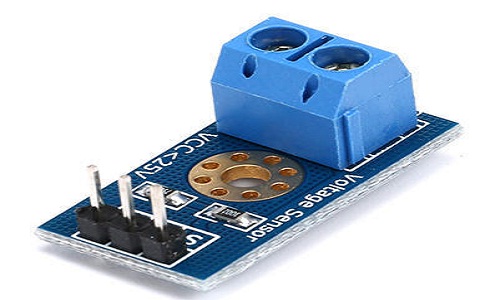mrnams
Junior Member level 1
Hello,
I am operating motorized ball valve using ESP32 and relay module, ball valve has two feedback voltage to detect close and open position of valve, there are two output wires one to detect close state and one to detect open state of valve. see below image.
My question is how to collect feedback using Arduino/ESP32 to detect open/close state of valve ?
Open state voltage between "R1(BLUE) and Negative(BLACK) will be 24v DC
Close state voltage between "R2(YELLOW) and Negative(BLACK) will be 24v DC

I am operating motorized ball valve using ESP32 and relay module, ball valve has two feedback voltage to detect close and open position of valve, there are two output wires one to detect close state and one to detect open state of valve. see below image.
My question is how to collect feedback using Arduino/ESP32 to detect open/close state of valve ?
Open state voltage between "R1(BLUE) and Negative(BLACK) will be 24v DC
Close state voltage between "R2(YELLOW) and Negative(BLACK) will be 24v DC
